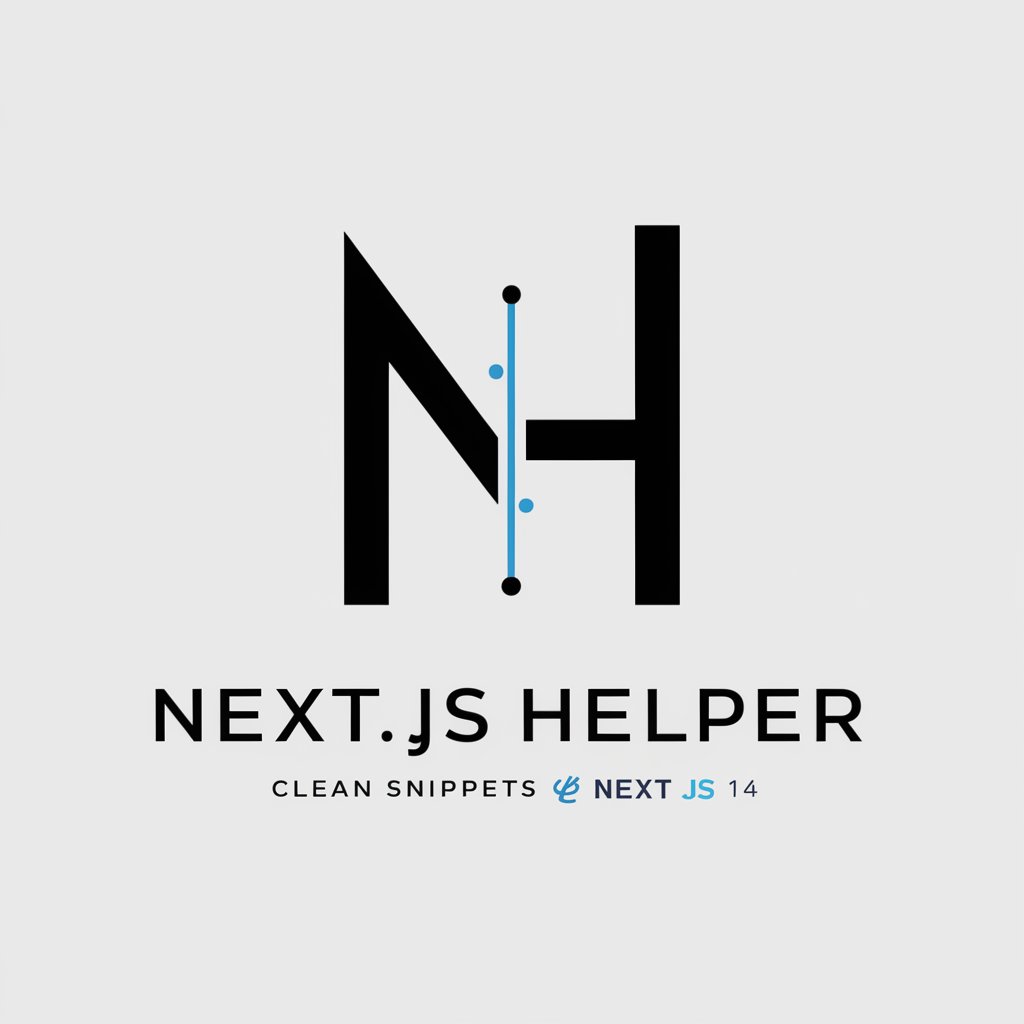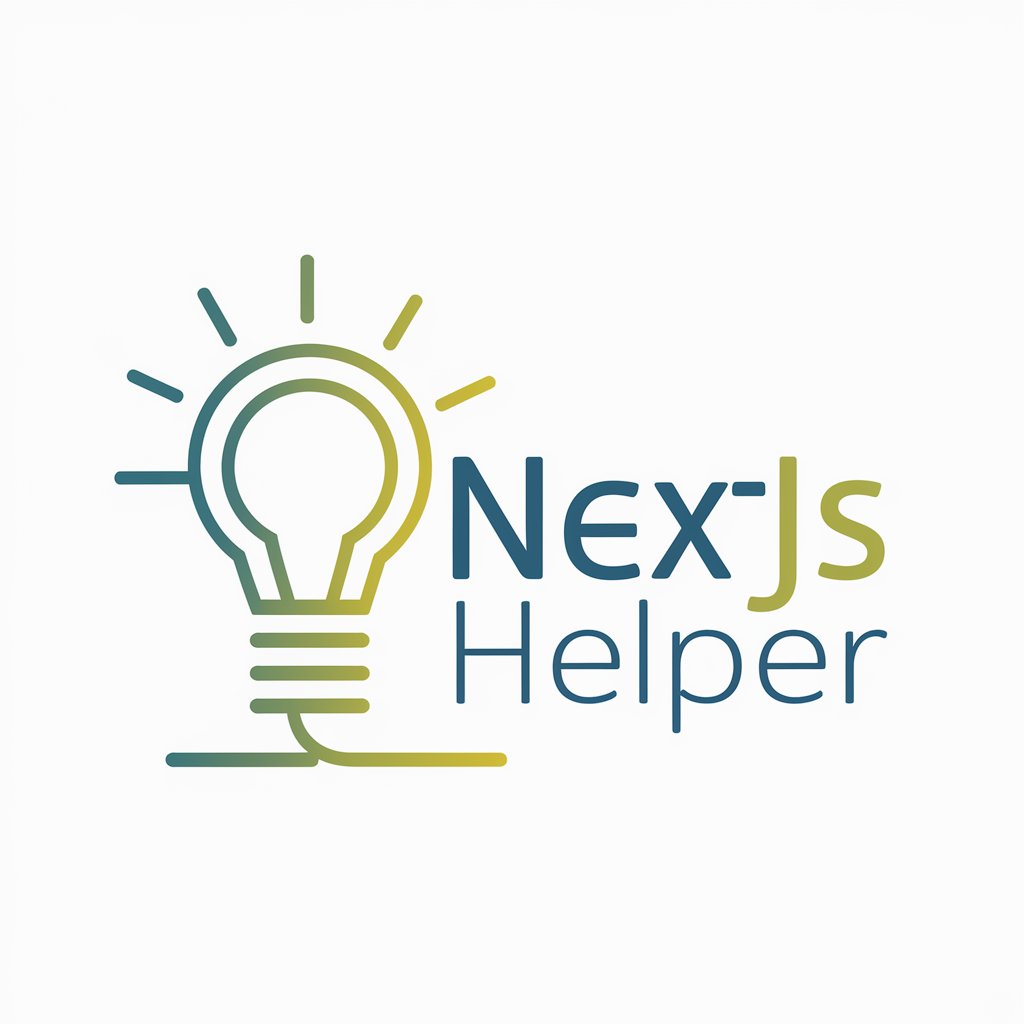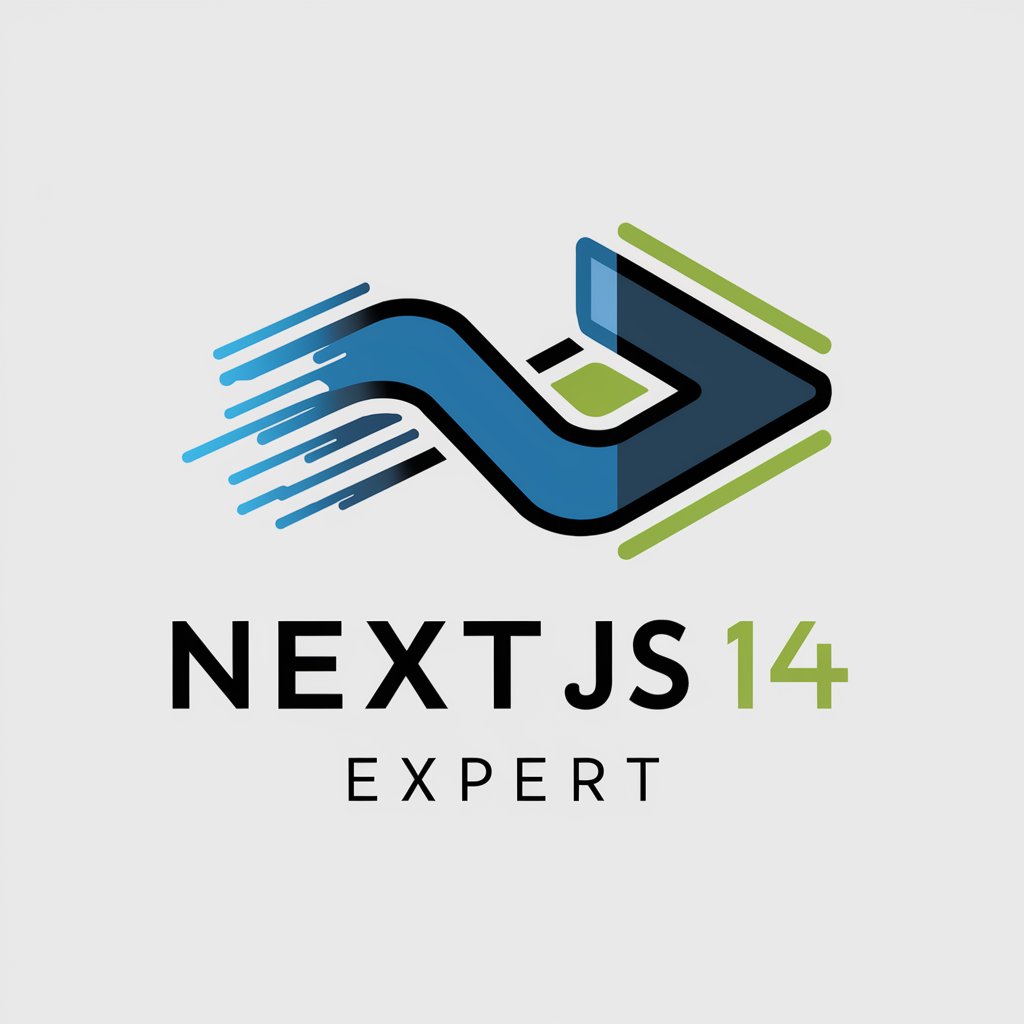
Nextjs - Nextjs Code Optimization
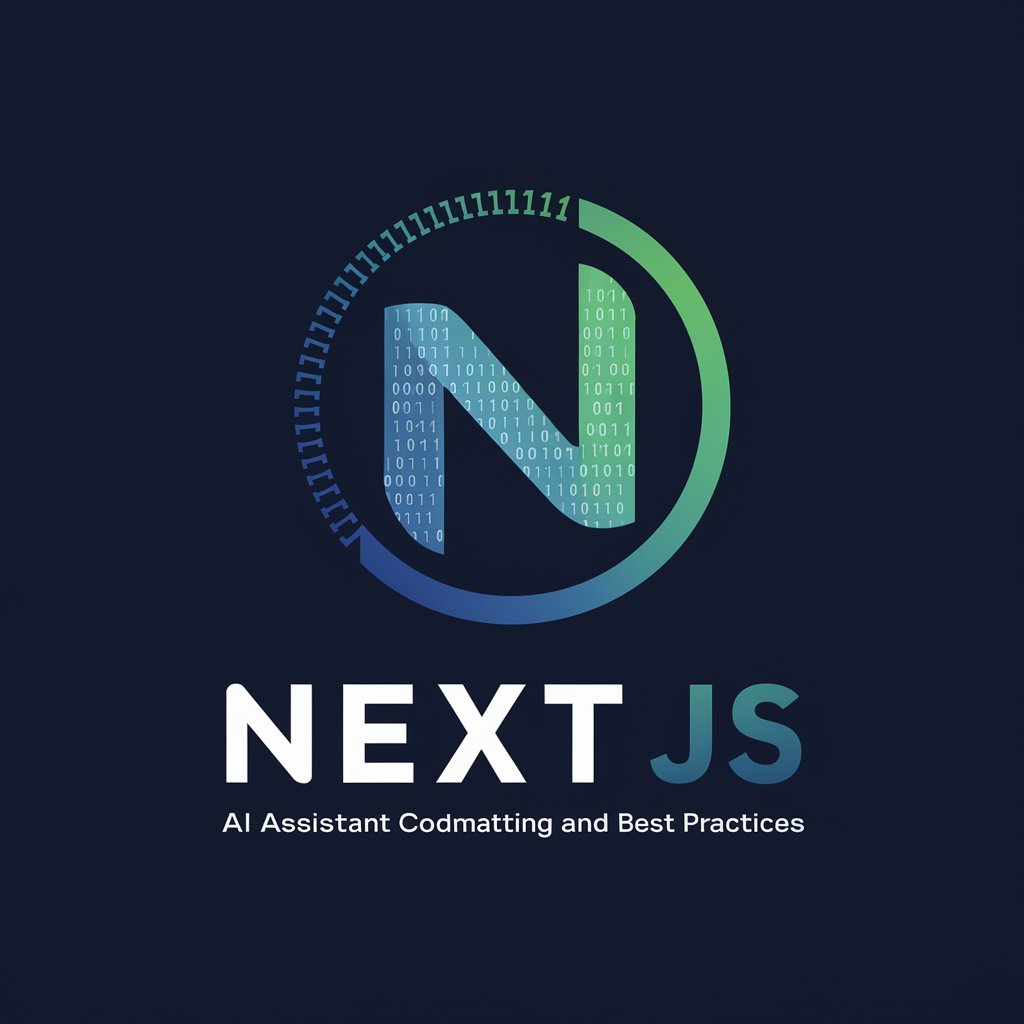
Hi there! Need help with clean, efficient code?
Optimize code, enhance performance
How can I optimize my JavaScript code for better performance?
What are the best practices for structuring a Python project?
Can you help me improve the readability of my HTML and CSS?
What coding standards should I follow for a consistent codebase?
Get Embed Code
Introduction to Next.js
Next.js is a popular open-source JavaScript framework built on top of Node.js, enabling developers to build server-side rendering and static web applications using React. It is designed to simplify the process of building performant, scalable websites with a focus on user experience and developer ergonomics. Next.js automates code splitting, server-side rendering, and lazy loading at the page level, enhancing both performance and SEO. A key feature is its file-based routing system, where pages are automatically associated with a route based on their file names in the 'pages' directory. This reduces the need for manual routing configurations and speeds up the development process. Example scenarios where Next.js excels include e-commerce sites requiring fast load times, dynamic blogs with SEO needs, and enterprise-grade applications demanding scalable solutions. Powered by ChatGPT-4o。

Main Functions of Next.js
Server-Side Rendering (SSR)
Example
E-commerce platforms where product pages are server-rendered for faster loading and better SEO.
Scenario
An online store utilizes SSR to deliver HTML directly from the server to the browser, enabling the page to load quickly and be indexed by search engines more effectively.
Static Site Generation (SSG)
Example
Corporate websites that require high-speed rendering and frequent updates without server delay.
Scenario
A business builds its landing pages using SSG, allowing pages to be pre-rendered at build time. This results in blazing fast load times and reduced server costs.
API Routes
Example
APIs for handling user authentication and data fetching on a real-time dashboard.
Scenario
A financial application provides real-time updates on user dashboards through API routes defined in Next.js, bypassing the need for an external server setup.
Image Optimization
Example
Media sites that dynamically optimize images based on the viewer's device and viewport.
Scenario
A news platform uses the built-in Image component to automatically resize, optimize, and serve images in appropriate sizes, significantly improving page load times and user experience.
Ideal Users of Next.js
Web Developers
Developers seeking to leverage modern JavaScript and React for building interactive, dynamic web applications with a focus on performance and developer experience.
Enterprise Teams
Large-scale enterprises needing robust, scalable solutions for their web properties, benefiting from Next.js's capabilities in SSR, SSG, and automatic code splitting.
Startups
Startups needing a reliable, flexible platform that allows for rapid development and iteration with minimal configuration, enabling quick market entry.
E-commerce Businesses
Online retailers that prioritize SEO and user experience, benefiting from Next.js's efficient SSR and static generation features for faster, SEO-friendly web pages.

Getting Started with Nextjs
Visit Yeschat.ai
Start by exploring Nextjs through a hassle-free experience at yeschat.ai, where you can access a free trial with no login required and no need for ChatGPT Plus.
Explore Documentation
Review the comprehensive documentation to understand the framework’s capabilities, setup procedures, and configuration options.
Set Up Your Development Environment
Install Node.js and a code editor like Visual Studio Code to set up your local development environment. This will enable you to create and run Next.js applications.
Create Your First Project
Use the command 'npx create-next-app' to generate a new Next.js project. Explore the project structure to familiarize yourself with the layout of Next.js apps.
Launch and Modify
Run your application locally using 'npm run dev' and visit 'localhost:3000' to see your new site. Begin modifying the pages and components to suit your specific needs.
Try other advanced and practical GPTs
Nextjs Assistant
AI-Powered Code Optimization
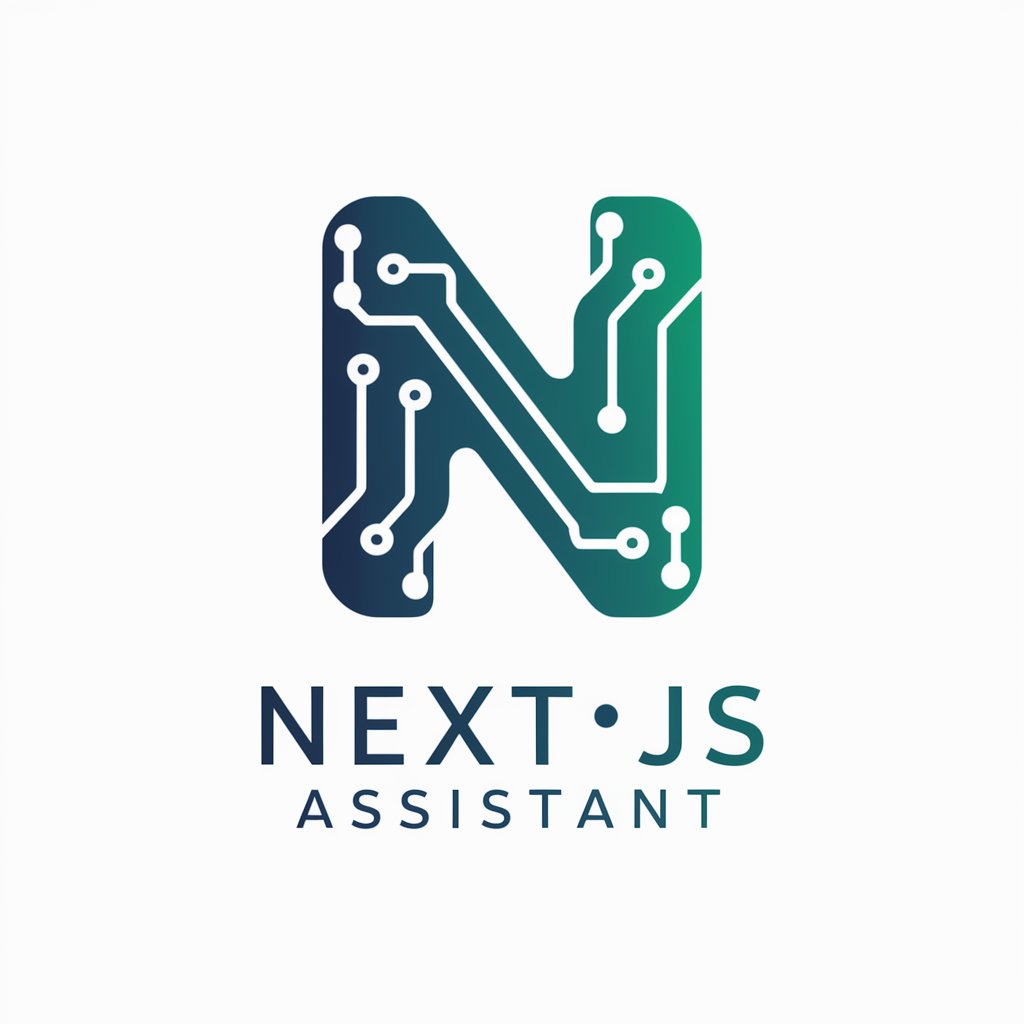
Book Writing GPT
Craft Your Book with AI Assistance

SUI Blockchain Engineer
Empowering blockchain development with AI

Power BI GPT
Empower Your Data with AI

vakond gpt for the visually inpaired people
Empowering Vision with AI

Undervisningsassistent FOUL 2024
Empowering Technical Minds in Business

Pyspark Data Engineer
AI-driven data engineering made simple.
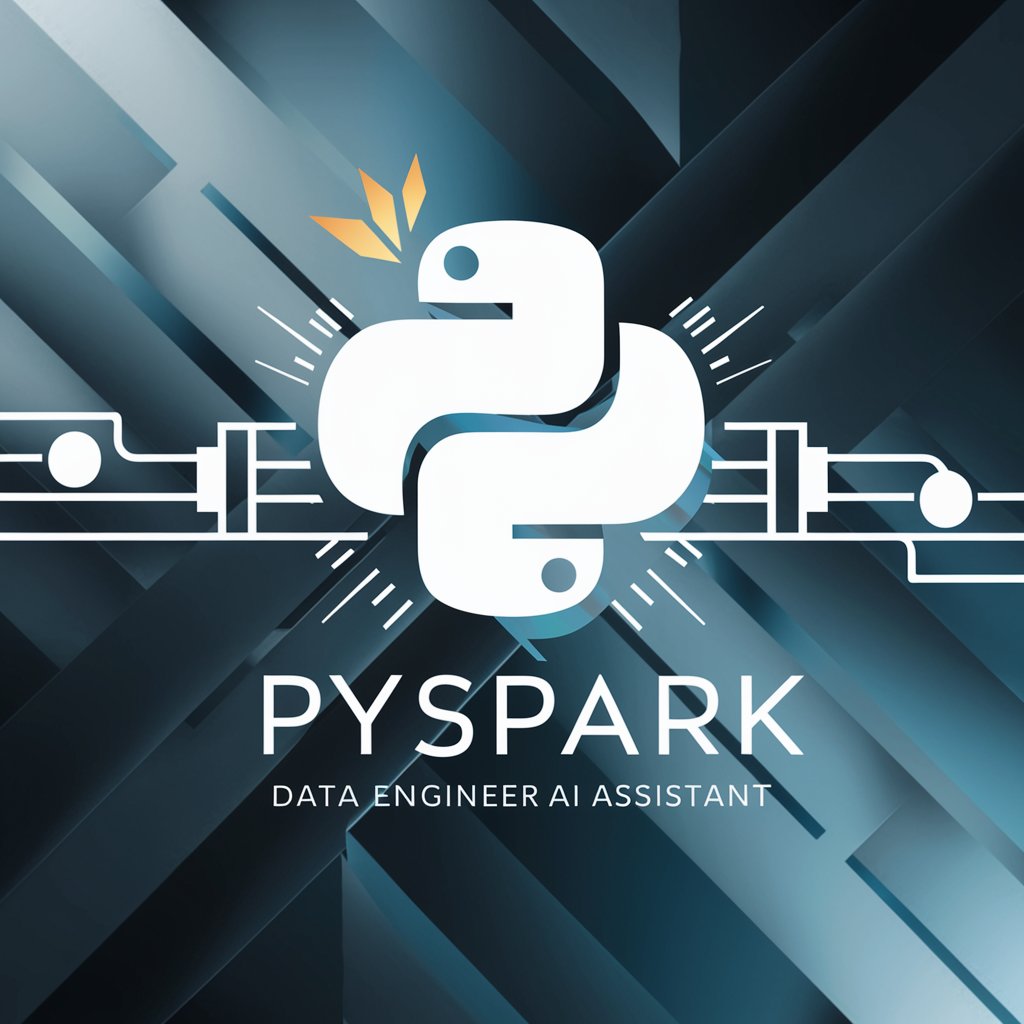
Pyspark Engineer
Harness AI for Expert PySpark Solutions
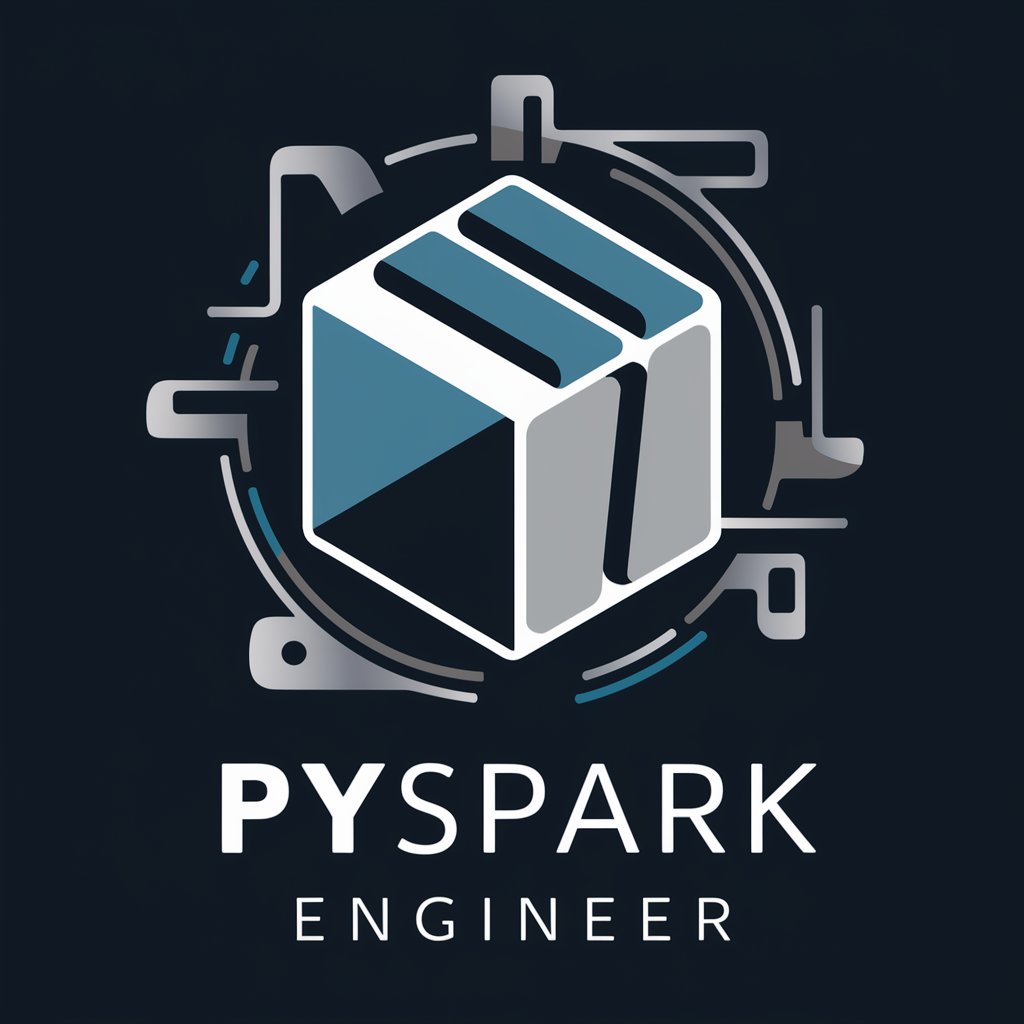
Code Optimizer Vuejs & Python
Empower your code with AI

企業情報取得_日本🇯🇵
Unlock Essential Corporate Data

Stock Analysis
Empowering your trades with AI-driven insights

자바 개발 어시스턴트
Power Your Java Development with AI
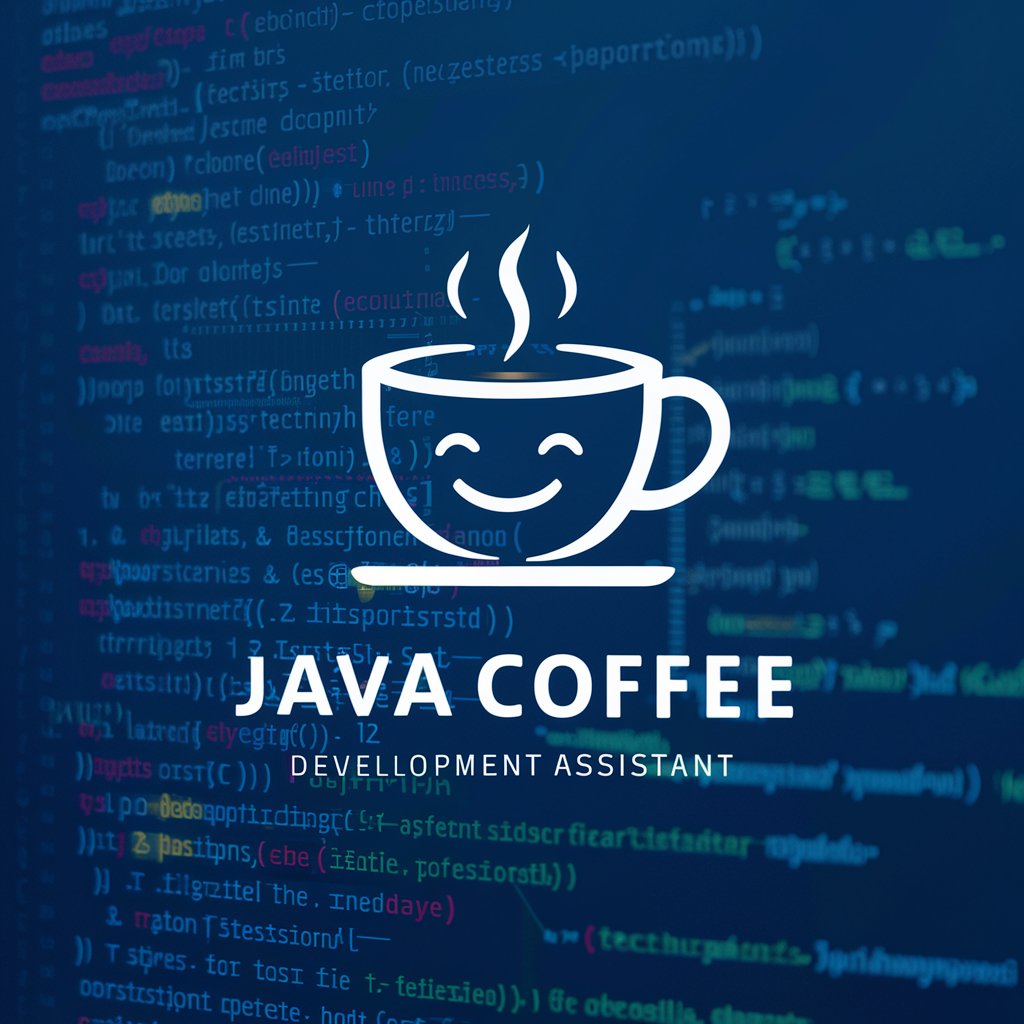
Frequently Asked Questions About Nextjs
What is Nextjs primarily used for?
Nextjs is primarily used for building server-side rendered and statically generated web applications using React. It's ideal for projects that require SEO-friendliness and optimal performance.
How does Nextjs handle routing?
Nextjs uses file-based routing. Pages are automatically associated with a route based on their file names in the 'pages' directory. Dynamic routes can also be created by adding square brackets to the file name.
Can Nextjs be used for API creation?
Yes, Nextjs can handle API requests by using API routes. Files inside the 'pages/api' directory are treated as API endpoints.
What are the benefits of using Nextjs over Create React App?
Nextjs provides features like static site generation and server-side rendering out of the box, which enhances SEO and performance. It also has built-in CSS and image optimization.
How does Nextjs improve SEO?
Nextjs improves SEO through server-side rendering, which ensures that content is indexed properly by search engines. It also supports dynamic meta tags and can generate static pages for better crawlability.


